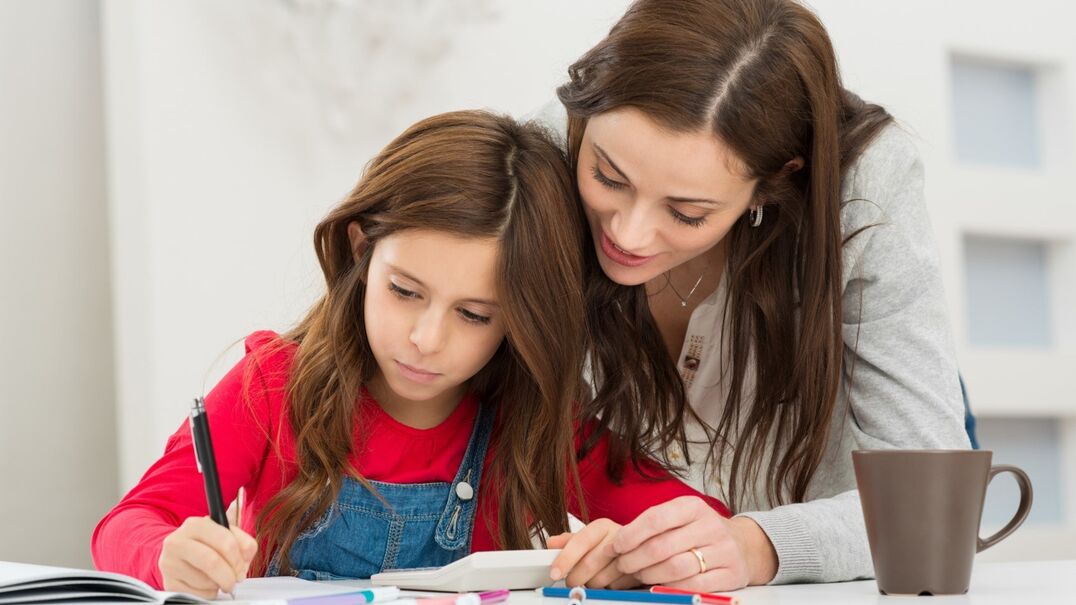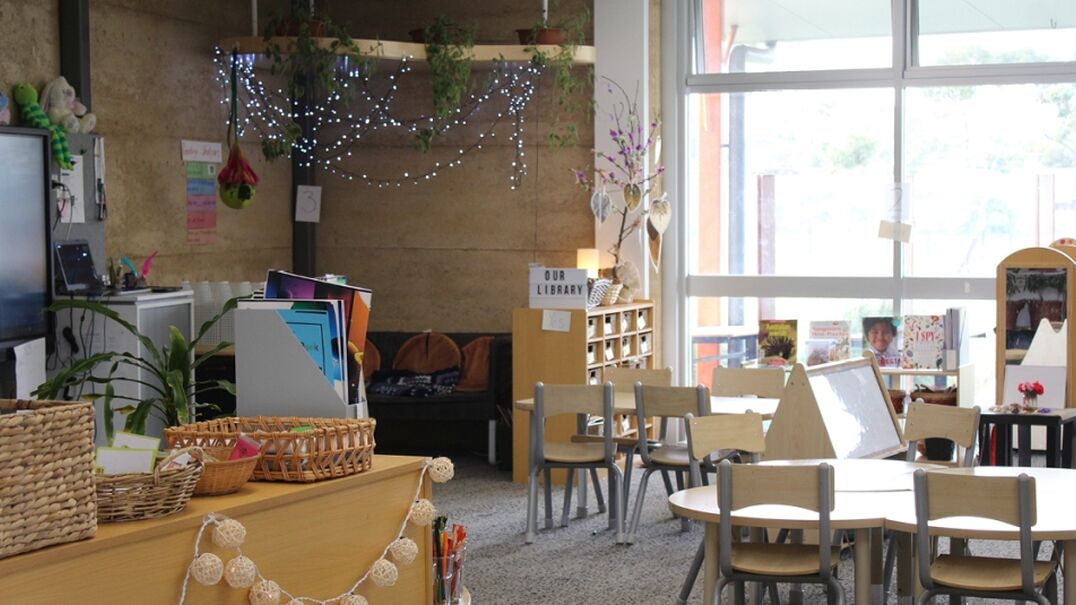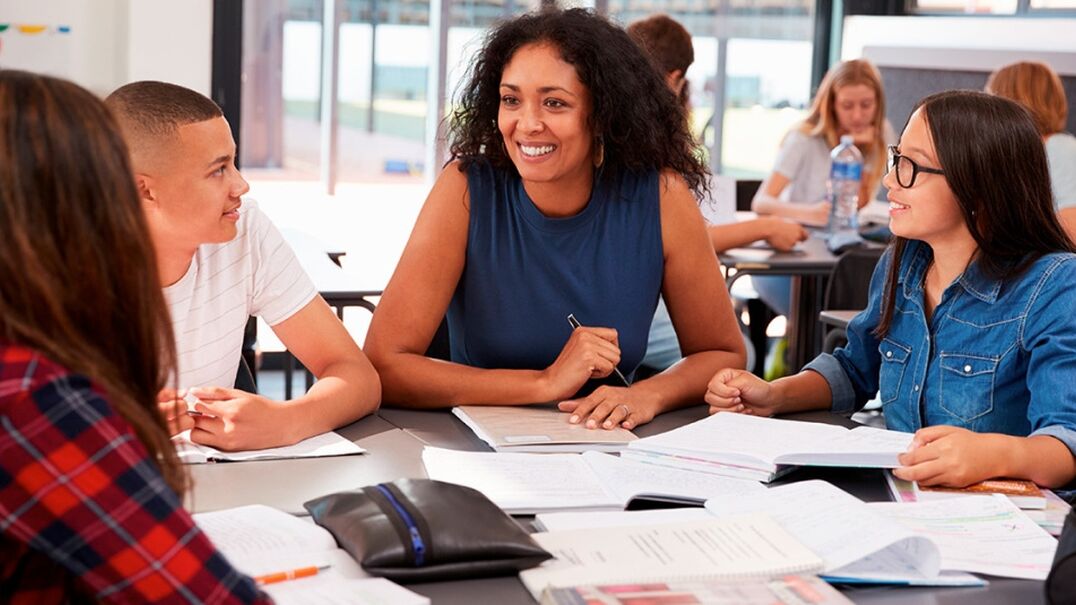In Australia, approximately 50 per cent of teachers will leave the profession in the next five years, and 45 per cent of teachers will not be teaching in 10 years' time. Up to 25 per cent of teachers attribute their reasons for leaving to problems with disruptive student behaviour, including student defiance, student violence, student apathy or poor administrative support.
With lockdowns, isolation and the ongoing COVID-19 pandemic still having detrimental impact on students and teachers alike, we expect this trend to deepen over the next few years. Right now, we are hearing teachers tell us they are burnt out, contending with mental health concerns, and searching for new employment.
In order to make it out of the pandemic with our love and passion for teaching still intact, it’s useful to find techniques that can explain and reframe disruptive behaviour. Here are some strategies to help make better sense of the sometimes confusing or unpredictable behaviours students may exhibit daily, and some techniques to turn these behaviours around.
Reframing misbehaviour as stress behaviour
I’ve personally seen the effects of traumatic global events on children. In 2002, I was teaching fourth graders in the Bronx and Harlem a full year after the tragic events of 9/11. My students were still deeply affected by this event, not least because many of their parents were cleaners in downtown office buildings, uncomfortably close to where the tragedy occurred. The children were subjected to endless replays of the news on television, the stories told in our communities and some would ruminate continuously on the attack more than a year later.
There are many similarities between this experience and that of the global pandemic. COVID-19 is arguably the biggest global trauma-inducing event Australians have experienced since World War Two, and for many of us, it’s the first event of its kind in our lifetime. While many kids in Australia may not directly be impacted by the virus itself, the unpredictability of school, lockdowns, and the endless cycle of bad news can affect them psychologically.
That’s why in the middle of lockdowns and a global pandemic, it’s vital that educators are able to unpack the triggers behind misbehaviour and in many cases, reframe it as stressed behaviour.
Children who have experienced trauma may have difficulties with executive functioning, memory, concentration, and language delays. Put simply, a student who is almost always on the edge of alert and in a state of fight-flight-freeze is not ready to engage with learning content in a meaningful manner. Such students are often off task. They appear to be attention seeking, have a need for control, and a need to disrupt others.
To learn, reason, integrate information and make decisions, students need to be in a relatively alert state, but not an escalated state. For students constantly on high alert, this window of stress tolerance can be quite narrow. We must first respond to students’ unmet developmental needs before asking them to engage in the complex cognitive tasks required for learning.
We cannot expect students to engage in their learning when their focus is on survival. We cannot become frustrated with students for being off task when they actually do not have the capacity to maintain their attention in the classroom – virtual or otherwise. We have to appreciate that many students struggle to maintain their attention and be on task because distressing and stressful experiences have left them ill-equipped to do so.
Focusing on wellbeing
Isolation, learning from home, being away from peers and the stress of remote learning are all huge challenges for young people and educators alike to overcome. At Berry Street, we approach trauma and stress from the perspective of trauma-informed positive education.
This includes focusing on a bottom-up, top-down approach. Bottom-up refers to strategies to regulate the body and soothe the central nervous system so the brain can think clearly and utilise its precious resources for learning — instead of reacting to stressors. The approach prioritises the body’s needs for physical regulation and effective strategies for everyday stress management.
Bottom-up regulatory approaches soothe escalated systems and directly address the fight-flight-freeze response, helping to regulate the body’s arousal system. The aim is to create strong relationships to hold students steady when they escalate; and provide numerous sensory activities throughout the day to provide calm and de-escalating messages to students’ central nervous systems.
Deep breathing is an effective way of de-escalating stress and activating the relaxation response. If your student is feeling anxious, stressed, or distressed, they can use deep breathing techniques to calm their activated stress response and help themselves de-escalate.
Alongside the bottom-up approach, top-down regulation encourages students to identify and label their emotions. This helps them develop a comprehensive vocabulary for communicating their feelings and internal sensations. Encourage students to make explicit connections between what they are experiencing in the body and the emotion they may be feeling. It can also help to encourage students to identify and label their emotions to help develop a comprehensive vocabulary for communicating their feelings and internal sensations.
The bottom-up and top-down distinction is valuable, because we, as adults, often jump straight to top-down regulation strategies when the student is just not ready. Some students need substantial groundwork in bottom-up regulation before they are ready to gain insights into their actions or communicate effectively with others.
Teachers and educators are currently under immense pressure with ever growing workloads exacerbated by lockdown and the pandemic. In order to put yourself in the best frame of mind to better help students, we recommend that teachers make a priority investment in their own wellbeing strategies and take active steps to nurture their own self-care.
After all, to bring your calmest and most regulated selves to the classroom, it’s important to prioritise caring for yourself.

Dr Tom Brunzell
PhD, University of Melbourne | Master of Education (School Leadership) | Master of Science (Teaching) | Bachelor of Arts





